Fatum (파툼)
2.7Km 2019-12-20
86-5, Samcheong-ro, Jongno-gu, Seoul
+82-2-739-9888
FATUM is famous for its great view of Samcheong-dong. Each floor is decorated with a different theme, from natural rocks on the first floor, comfort on the second floor, and indoor viewing places on the third and fourth floors, and outdoor seats on the fifth floor. The view features beautiful scenery including Bugaksan Mountain, Inwangsan Mountain, and Gyeongbokgung Palace at once, as well as a fantastic sunset from the café.
Daesungjip (대성집)
2.7Km 2021-03-27
5, Sajik-ro, Jongno-gu, Seoul
+82-2-735-4259
Daejungjip has specialized in Dogani tang (ox knee joint soup) for 60 years. Customers can feel a simple and familiar ambience at the restaurant.
Centro de Arte ARKO (아르코미술관)
2.7Km 2023-08-07
Dongsung-gil 3, Jongno-gu, Seúl.
Trevia (트레비아)
2.7Km 2021-03-30
1, Itaewon-ro 15-gil, Yongsan-gu, Seoul
+82-2-794-6003
You can enjoy light Italian pizza. This restaurant's signature menu is pizza. This Western dishes restaurant is located in Yongsan-gu, Seoul.
VATOS (바토스)
2.7Km 2021-03-29
1, Itaewon-ro 15-gil, Yongsan-gu, Seoul
+82-2-797-8226
It serves new-concept dishes by combining Korean flavors with traditional Mexican dishes. This Western dishes restaurant is located in Yongsan-gu, Seoul. The most famous menu is cheese nacho.
Bada Sikdang (바다식당)
2.7Km 2021-05-25
18, Itaewon-ro, 49-gil, Yongsan-gu, Seoul
+82-2-795-1317
This is a restaurant that sells thick beef bone broth-based Budaejjigae (spicy sausage stew). This Korean dishes restaurant is located in Yongsan-gu, Seoul. The most famous menu is sausage stew.
Buddha's Belly - Itaewon Branch (부다스벨리 이태원)
2.7Km 2025-05-14
48, Noksapyeong-daero 40-gil, Yongsan-gu, Seoul
+82-2-796-9330
It is a Thai food specialty store located in Itaewon. This restaurant's signature menu is som tam. This Western dishes restaurant is located in Yongsan-gu, Seoul.
Wang Thai (왕타이)
2.7Km 2021-05-14
151, Itaewon-ro, Yongsan-gu, Seoul
+82-2-749-2746
Wang Thai serves authentic Thai food with over 100 menus by professional Thai chefs. The restaurant offers about 80 seats with Thai decorations, giving off an exotic atmosphere. The restaurant earned the Thai Select, a certificate of authentic Thai cuisine given out by the Thailand Government.
Hanok Guesthouse Dongchonchae [Korea Quality] / 한옥 게스트하우스 동촌재 [한국관광 품질인증/Korea Quality]
2.8Km 2021-03-26
21-10, Jahamun-ro 11-gil, Jongno-gu, Seoul
Built in 1939, Dongchonchae was designated as Seoul Well Hanok by the Seoul Metropolitan City in 2016. In 2020, this hanok (traditional Korean house) received the Certificate of KOREA QUALITY from the Korea Tourism Organization in the Heritage Hanok field in recognition of its historicity and quality of services. Dongchonjae is located in the western side of Gyeongbokgung Palace, at Seochon. When one passes through its main gate, one sees the yard, with anchae (women's quarters), sarangchae (men's quarters), and byeolchae (detached quarters) surrounding the plot. Anchae has four rooms, daecheong (wood-floored main hall), a kitchen, and a restroom. One of the rooms is used for tea ceremonies as well. Outside of the sarangchae and byeolchae, which are the living spaces for the owners, visitors have free access to the numaru (raised open floor) and the yard. The anchae’s rooms “Bom” and “Yeoreum” can accommodate 2 to 3 adults each, while the rooms “Gaeul” (Tea Room) and “Gyeoul” are optimal for two. The building is rented out as a whole, so no more than one group may stay in the building at any given time. Standard occupancy is four persons, and eight is the maximum number. There are two restrooms, one within the anchae building, one out in the backyard.
Cooking is not allowed in the kitchen, but guests are free to bring in outside food. Experience programs on offer include nighttime exploration of Seoul City Wall, tea ceremony, folk songs, and rice cake making. Additional payment is only required for rice cake making. Guests may choose between two types of complimentary breakfast: Korean, which comes with rice, soup, and three side dishes; and Western, which comes with bread, salad, and coffee. There are a 100-in screen and mini projector for film watching in the yard or daecheong. Towels, toiletries, hair dryer, bottled water, traditional tea, and capsule coffee are included. The kitchen is equipped with kitchen utensils, a microwave, and a coffee pot, enough for instant foods. Guests also have access to refrigerator and washing machine
Daehangno (대학로)
2.8Km 2021-04-09
Daehak-ro 104, Jongno-gu, Seúl.
+82-2-2148-1114
La zona de Daehangno, también escrita como Daehak-ro y Daehakro, es conocida como la calle de la juventud universitaria, ya que allí se ubicaba originalmente la Universidad Nacional de Seúl. Desde los años 80, muchos teatros comenzaron a trasladarse a Daehangno, y este lugar comenzó a desarrollarse como un centro cultural. Pronto se abrieron también cafés con música en vivo, salas de cine, cafés comunes y pubs, y la zona creció para convertirse en todo un distrito de entretenimiento. Su popularidad se mantiene aún por los famosos teatros pequeños tales como el Teatro Parangsae (Pájaro Azul) y Teatro Hakjeong, y unos 30 teatros adicionales, que contribuyen a que Daehangno continúe siendo un espacio neurálgico del arte en Corea.
En el centro de Daehangno está el Parque Marronnier, donde se realizan conciertos musicales en vivo o funciones de danza, interpretados por gente joven. Otra razón por la que se ha vuelto tan popular entre los jóvenes es la variedad de sitios interesantes y restaurantes que se pueden hallar aquí, facilitando lugares para reunirse antes o después de las obras teatrales o conciertos.
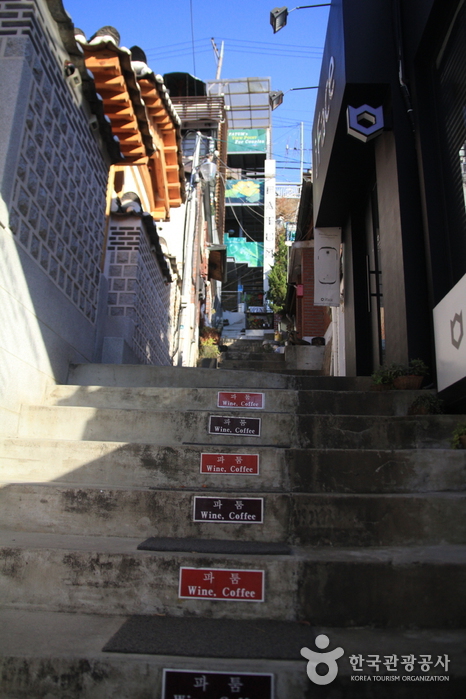
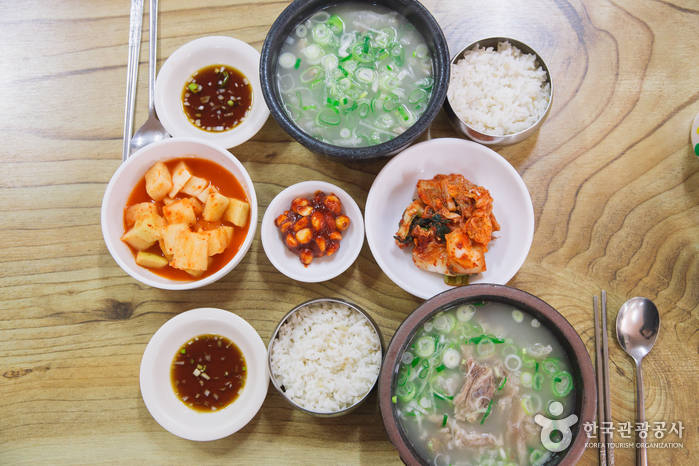
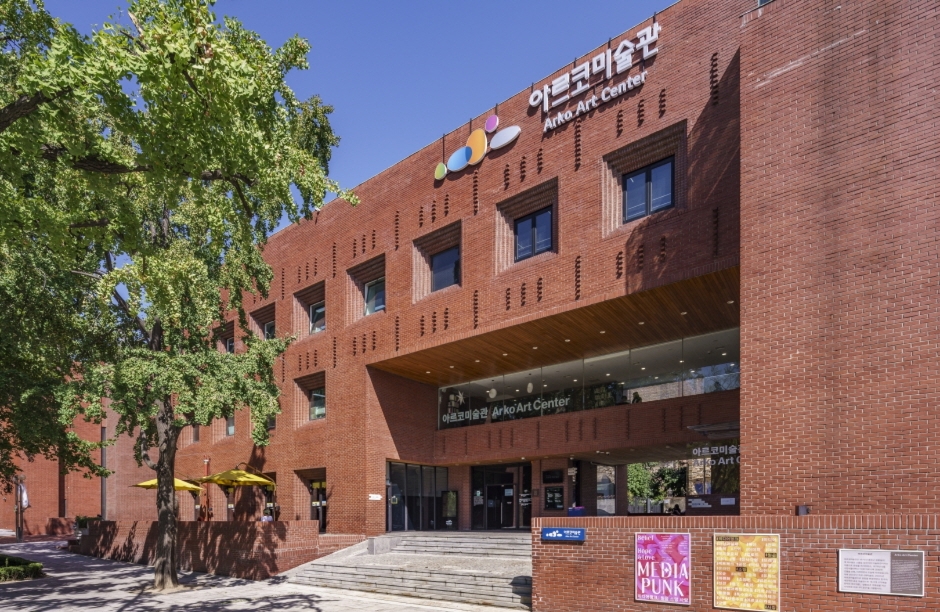
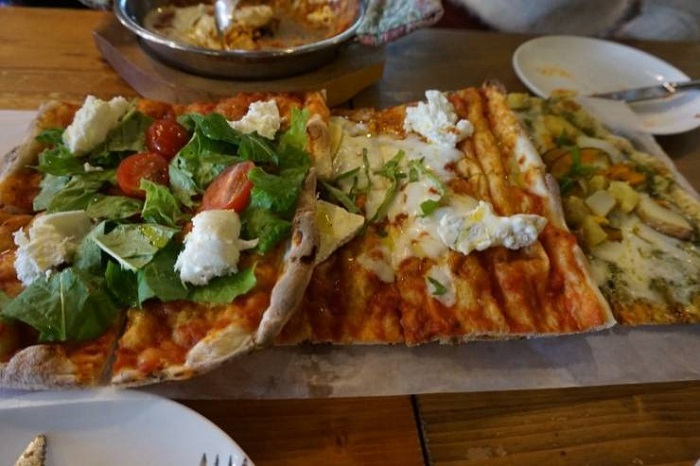
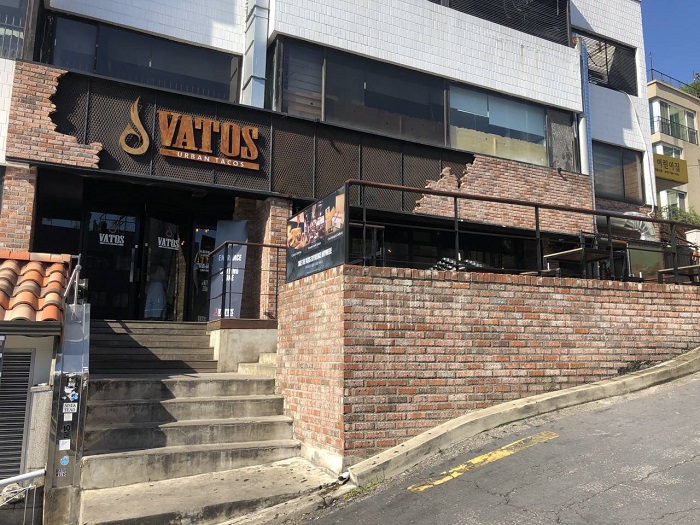
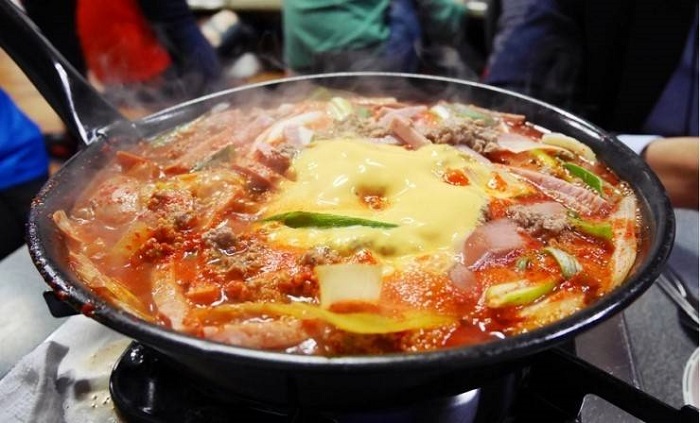
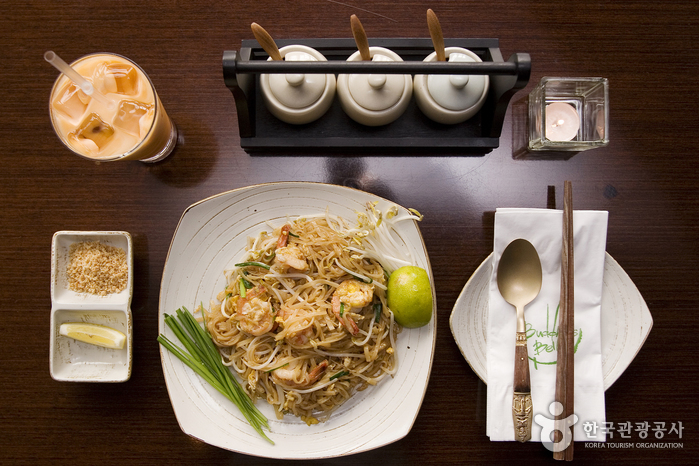

![Hanok Guesthouse Dongchonchae [Korea Quality] / 한옥 게스트하우스 동촌재 [한국관광 품질인증/Korea Quality]](http://tong.visitkorea.or.kr/cms/resource/96/2705896_image2_1.jpg)
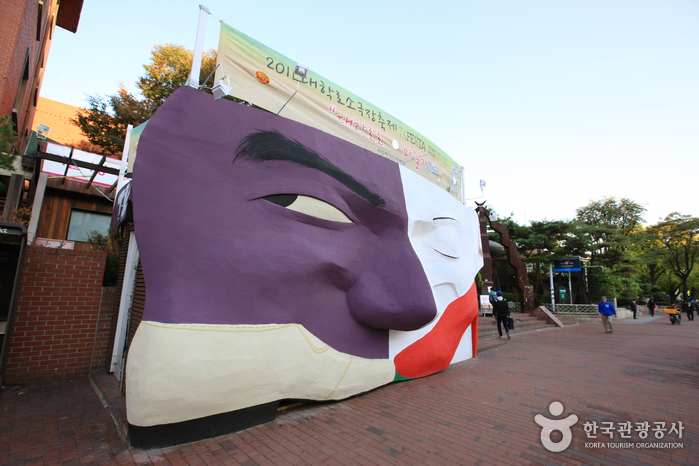
 Español
Español
 한국어
한국어 English
English 日本語
日本語 中文(简体)
中文(简体) Deutsch
Deutsch Français
Français Русский
Русский